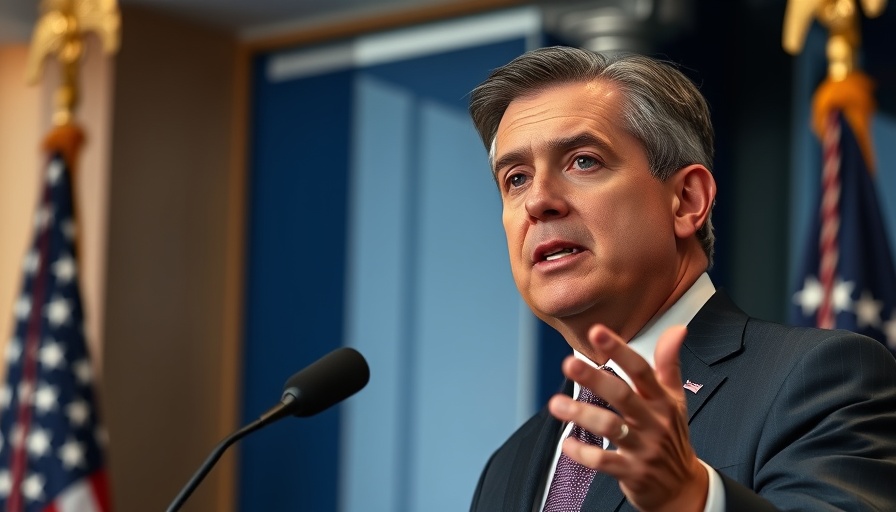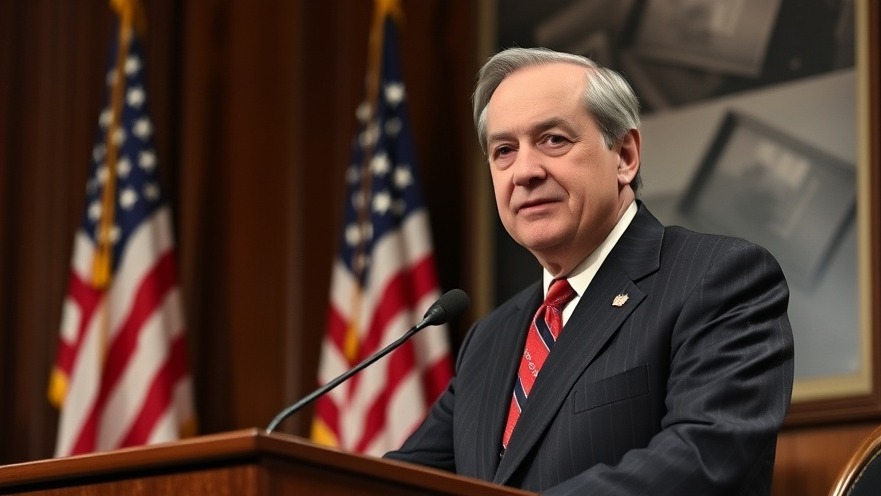
The Implications of the Supreme Court's Ruling on Executive Power
On June 28, 2025, the U.S. Supreme Court ruled in a 6-3 decision that judges are now barred from issuing universal injunctions to block government actions, a move that raises significant questions about the scope of presidential power. This ruling serves not just as a legal precedent but as a tipping point for the balance of power among the branches of government.
What Does This Mean for Trump’s Presidency?
This ruling allows President Trump, in his second term, to pursue aggressive executive orders with much less judicial pushback. For instance, his directive regarding the end of birthright citizenship could now take effect in parts of the country, despite prior court rulings deeming the order unconstitutional. This scenario illustrates how the Supreme Court is increasingly siding with an expansive view of executive authority, particularly in a political climate where Congress seems hesitant to exert its own powers.
Historical Context: The Ebb and Flow of Presidential Power
Presidential power has long been a subject of debate in the U.S. political landscape. Historically, there have been periods of both increased power and constraint. The past several decades have seen a consistent trend toward greater executive authority, a path that critics argue undermines the system of checks and balances essential for American democracy. The current Supreme Court decision is indicative of how these dynamics continue to evolve.
The Risks of Diminished Judicial Oversight
The erosion of judicial authority comes with significant risks. Lower-court judges that previously acted as a check on executive actions now find their powers limited, making it harder for them to respond swiftly to executive overreach. Actions deemed illegal can occur before litigation unfolds, rendering judicial remedies less effective. This could have broader implications not only for immigration policies but also for how the U.S. approaches civil rights, due process, and government accountability moving forward.
Public Sentiment: Reaction from Various Groups
As news of this ruling spreads, reactions vary widely. Supporters of President Trump argue that this decision ultimately strengthens the executive branch to take decisive actions, especially on contentious issues like immigration and national security. On the other hand, civil rights advocates and legal experts warn of the dangerous precedent this sets for future administrations. Such sentiments highlight a growing divide in public opinion regarding the role and power of the presidency versus judicial oversight.
A Future Where Executive Actions Go Unchecked?
The immediate concern is whether this ruling will open the floodgates for unchecked executive actions that stray from constitutional boundaries. As more executive orders are issued without effective judicial review, the implications for democracy and governance could be profound. This has significant ramifications for elections, as citizens may feel disenfranchised when systemic checks on power are weak.
Conclusion: A Call to Stay Informed
As legal scholars, political commentators, and the general public grapple with the implications of this Supreme Court ruling, it’s crucial to stay informed about how these developments may impact national governance and individual rights. Engaging in political discourse and advocating for a balanced approach to power among branches of government is more essential than ever. To stay updated on such critical issues, consider following reliable sources for breaking news and political analysis.
 Add Element
Add Element  Add Row
Add Row 



 Add Row
Add Row  Add
Add 


Write A Comment